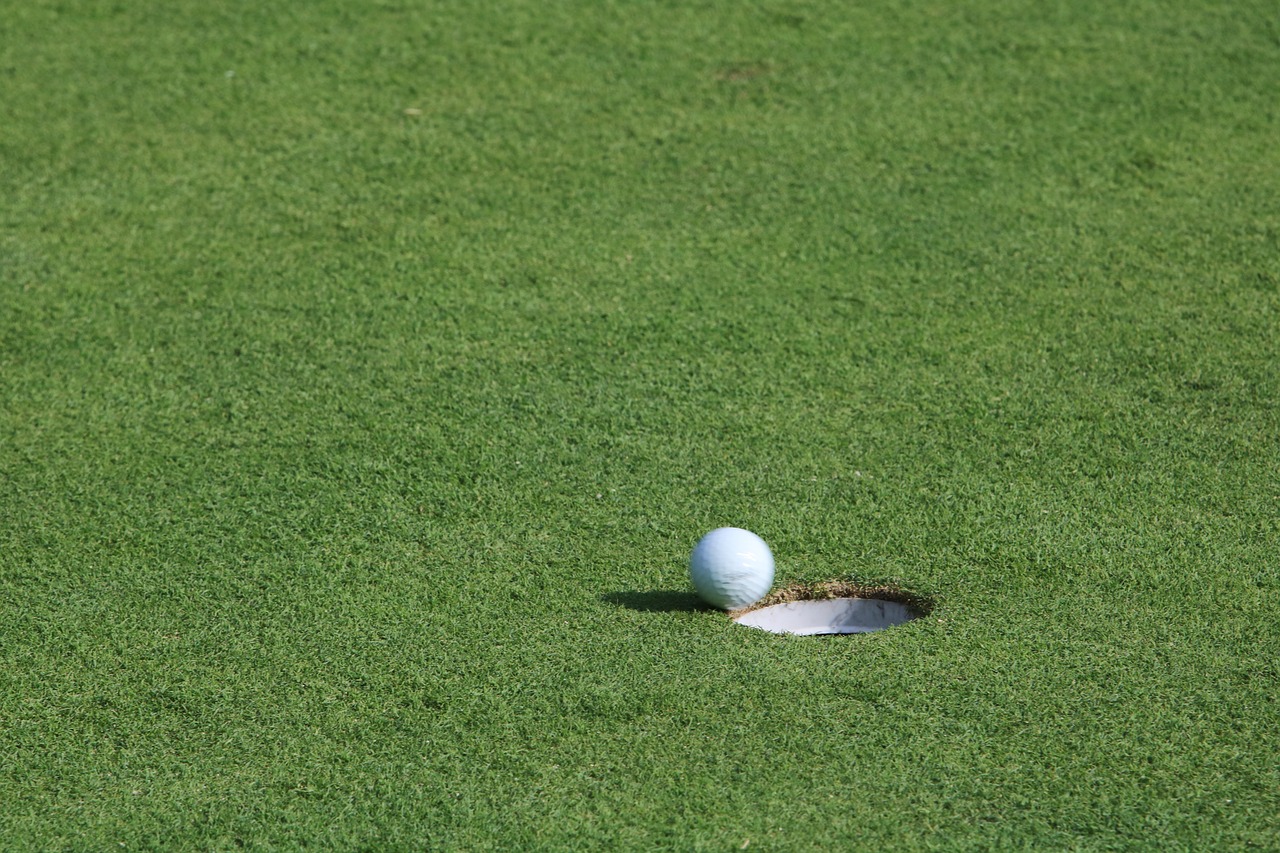The Art of Fielding: Strategies and Techniques
Allpaanel, 11xPlay: Fielding in cricket is a critical aspect of the game that involves various key concepts. One fundamental concept is anticipation, which requires fielders to predict the trajectory of the ball based on the bowler’s action and the batsman’s technique. By anticipating where the ball is likely to be hit, fielders can position themselves optimally to make a successful catch or stop.
Another essential concept in fielding is agility. Fielders need to be quick on their feet and react promptly to changing situations on the field. This includes running swiftly to chase down the ball, diving to make a catch, or swiftly returning the ball to the wicket-keeper or bowler. Agility in fielding can make a significant difference in preventing runs and taking crucial wickets during a cricket match.
Fielding Positioning and Communication
To excel in the art of fielding, players must understand the paramount importance of positioning and communication. Without proper positioning, even the most skilled fielder may struggle to make a successful play. By positioning themselves strategically, fielders can increase their chances of fielding a ball cleanly and efficiently. This entails not only knowing where to stand on the field but also anticipating where the ball is likely to be hit based on factors like the batter’s tendencies and the game situation.
Communication is another vital aspect of effective fielding. Clear and timely communication among fielders can prevent confusion, reduce errors, and enhance teamwork on the field. Fielders should constantly be in tune with their teammates, whether it be calling out who will field a ball, directing each other where to throw, or providing support and encouragement. Effective communication ensures that fielders are on the same page and can execute plays seamlessly, ultimately leading to a more cohesive defensive effort.
What are some key concepts in fielding?
Some key concepts in fielding include proper positioning, communication with teammates, anticipation of the ball’s path, and quick reactions.
Why is fielding positioning important?
Fielding positioning is important because it allows players to be in the best possible position to make a play on the ball, increasing their chances of success.
How can fielders communicate effectively on the field?
Fielders can communicate effectively on the field by using verbal cues, hand signals, and eye contact to coordinate their movements and ensure they are not in each other’s way.
How can fielders anticipate the ball’s path?
Fielders can anticipate the ball’s path by reading the batter’s swing, observing the trajectory of the ball off the bat, and understanding the tendencies of the hitter.
What should fielders do to improve their reactions in the field?
Fielders can improve their reactions in the field by practicing drills that focus on agility, hand-eye coordination, and quick decision-making.
How does fielding positioning and communication impact the overall performance of a team?
Fielding positioning and communication are crucial for a team’s success as they can prevent errors, improve efficiency, and lead to more outs being recorded.







